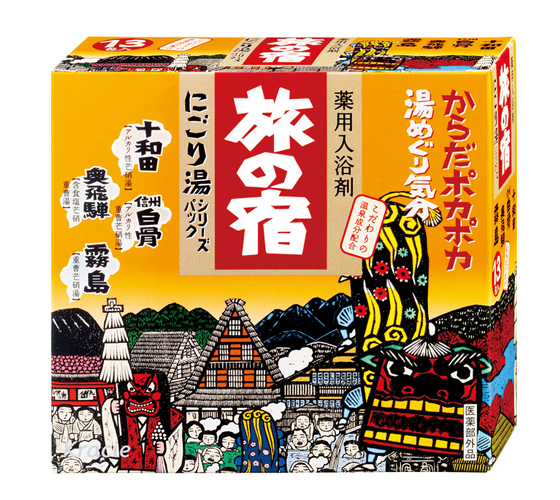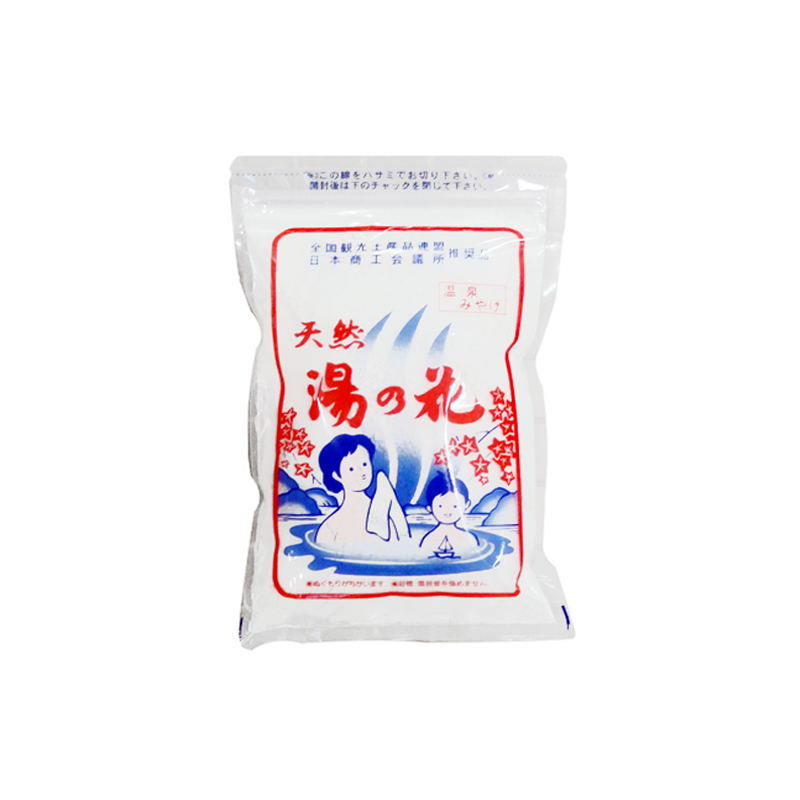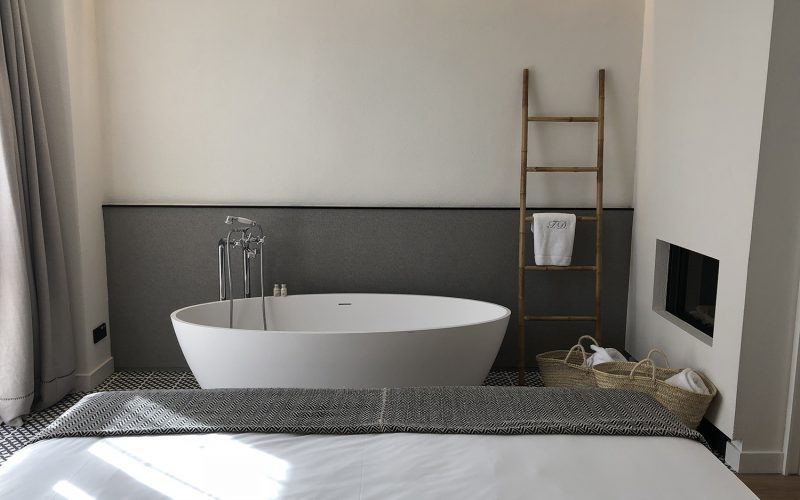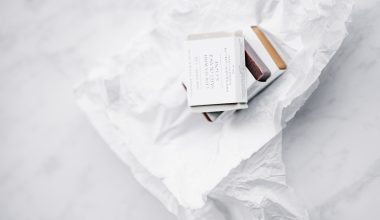Bath culture is an important part of Japanese life and Japanese bath salts are an essential part of this. These additives are added to your bath at home to enhance your bathing experience and for numerous benefits to your health and overall wellbeing. There is a wide variety available and they can be found in most bathrooms across Japan. They can be used in your ordinary bath at home to create an onsen (hot spring) experience; one that is fragrant, soothes your skin and is great for joints and muscles too!
What are Japanese bath salts?
Japanese bath salts come in many different forms; including sachets, tablets and powders. No matter the form, they are added to warm bath water and dissolved in the bath. They usually release aromas that fill your bathroom, change the color of your bathwater (some are cloudy and some are clear) and generally leave your skin feeling smooth.
What are the benefits of using them?
Soaking in a bathtub has numerous benefits, with some products focused on particular health or skincare concerns. Some examples include:
- warming and relaxing the body overall
- increased blood circulation
- relief from cold temperatures
- relief from joint and muscle pains such as arthritis and rheumatism
- softer moisturized skin
- treatment for skin conditions such as eczema, acne and chapped skin
- calming effect on the mind
- recovery from fatigue
- promotes a good nights sleep (baths are often taken in the evenings)
How do you use Japanese bath salts?
Fill your bathtub up with warm water. Your bath salts can come in three forms. If they are sachet or tablet based, use one sachet or tablet per bath. If they are powder based, there is usually a measuring cup provided with the packaging, use one scoop. The salts may have a stronger fragrance when you first open them, don’t worry it will soften once dissolved. Add the product into your bath and mix it around until it’s all dissolved. Immerse yourself in the tub and soak for at least 20 minutes. You’ll be surprised to find how the salts help the water retain its heat. When you are finished simply towel dry off, there is no need to rinse, let all the goodness soak into your skin!
Types of Japanese Bath Salts
There are many ways to categorize bath salts, but for simplicity we’ll consider the two main kinds and give some examples. The key difference is the origin of the ingredients.
Common Bath Salts (Onsen Nyuyoku-Zai 温泉入浴剤)
This is the type of bath salts mainly used across Japan. They are commonly found in supermarkets and drugstores and are often given as gifts and souvenirs. They contain active ingredients that replicate natural hot springs and they easily dissolve when added to the bath. A wide range is available and they are the most affordable option. Our guide Best Japanese Bath Salts: Top 5 Onsen Bath Salts covers many of these. The following is our pick:

Tabi No Yado Bath Salts: Milky Mixed Pack
Seriously, this product has incredible ratings considering the number of reviews. One of the most popular brands of bath salts found on shelves across Japan, this assortment pack aims to recreate hot spring experiences from all over Japan, including Towada, Okuhida, Kirishima and Shinshu Shirahone. 13 sachets, 4 varieties. More on the range here.
Shop Now
Extracted Bath Salts (Yunohana 湯の花)
The other kind of salts are more expensive, as they are natural and contain mineral sediment that has been dehydrated from actual hot springs. ‘Yunohana’ translates as ‘hot water flower’ and refers to hot spring mineral deposits. They are harder to dissolve and contain elements such as sulfur, calcium, aluminum, iron and silicon. Due to their contents, they can also affect fixtures and plumbing, so care should be taken. They are harder to find for purchase, especially abroad; as they are often sold in hot spring areas themselves. The following is our pick:

Okuhida Onsen Yunohana Bath Salts: Milky (Nigoriyu)
These natural bath salts contain extracts from Okuhida Onsen, located in the foothills of the Northern Japan Alps. Add 1-2 tablespoons to the bath and stir well, they are odorless and the water will become a milky white. With its iconic packaging, this product is well-known in Japan.
Shop Now
Some final tips!
Single sachets and tablets are easy to pack for traveling. They are the perfect way to relax during travel, taking your hotel bath to the next level. They also make wonderful (and unexpected) gifts and souvenirs for loved ones. And finally, if you’d like to give them a try, see a selection of Japanese Bath Salts in our store.








